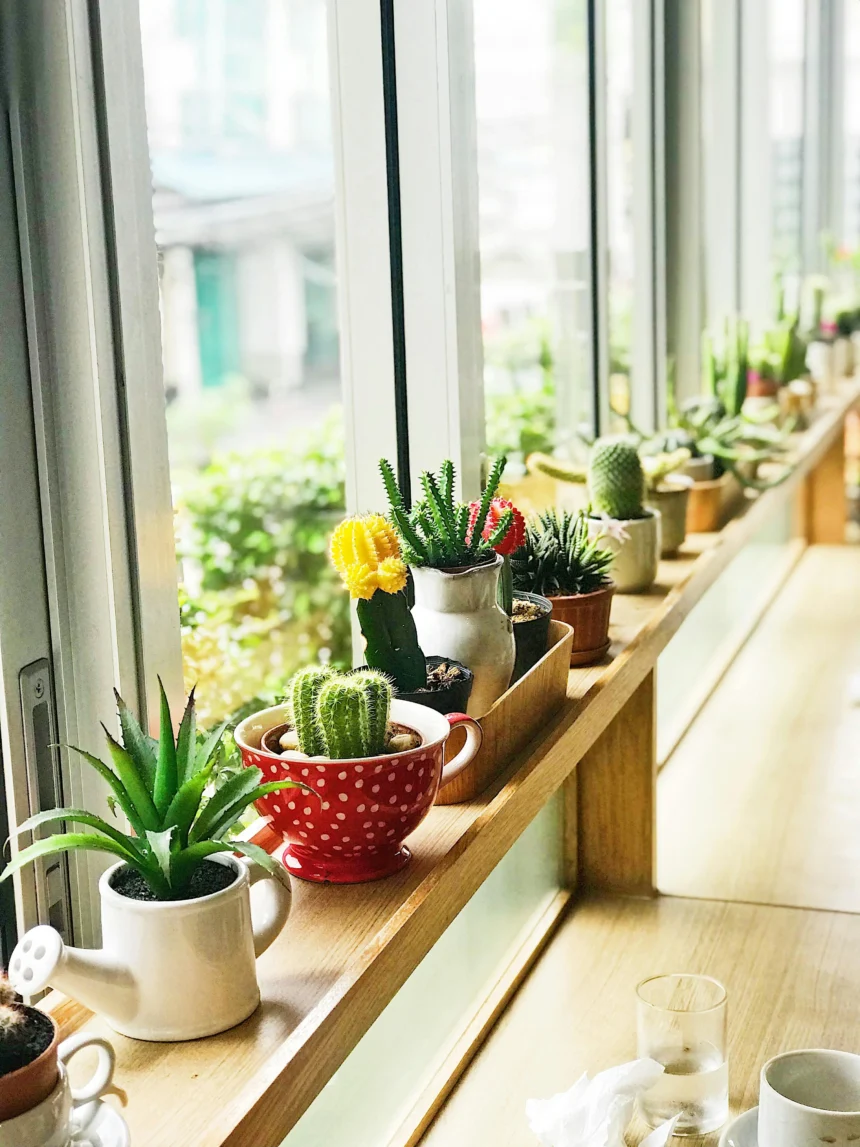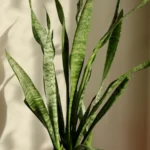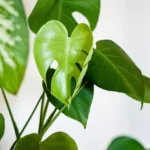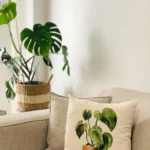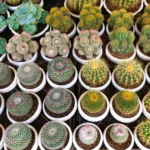Ever scroll through Instagram, drooling over those perfectly vibrant succulents living their best life in someone else’s home? You have probably seen them in every advert, TV show, and everywhere on Pinterest. But one question always remains: how does one keep succulents looking as great as the ones posted online? It is basically a matter of having the right knowledge and investing a bit of consistent effort. That’s what this guide is all about. In this article, I’ll be sharing with you everything you need to know about how to care for succulents indoors, so you can keep them lush and happy. Follow these five tips, and you will notice how great your succulents are looking
Why Indoor Succulents are Perfect for Your Home
Succulents are way more than just timely pieces of decoration; they are durable, low-maintenance, and somehow will make even the busiest or most unexperienced parent look like an expert. They come in an endless variety, from the zebra plants to jade plants, each offering a different look and vibe. Indoor succulents will purify the air, want very little water, and can forget to get water for a few days. In other words, in-door gardening with succulents is not only possible but enjoyable, even without a green thumb. This comprehensive guide to caring for indoor succulents will walk you through the basics of succulent care and a few advanced tips that will make you a pro at plant parenting.
1. Start with the Right Succulents for Indoors
If you are wondering which succulents are great for indoor growth, here’s a selection:.
Best Succulents for Indoor Spaces
If you’re wondering which succulents are suitable for indoor growth, here are a few great picks:
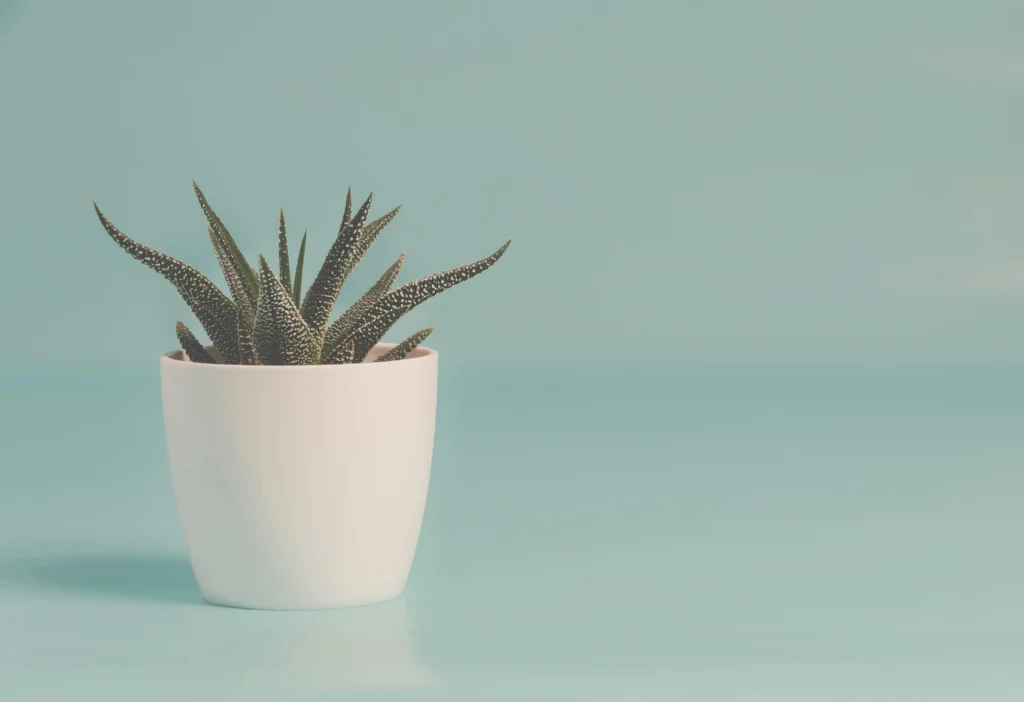
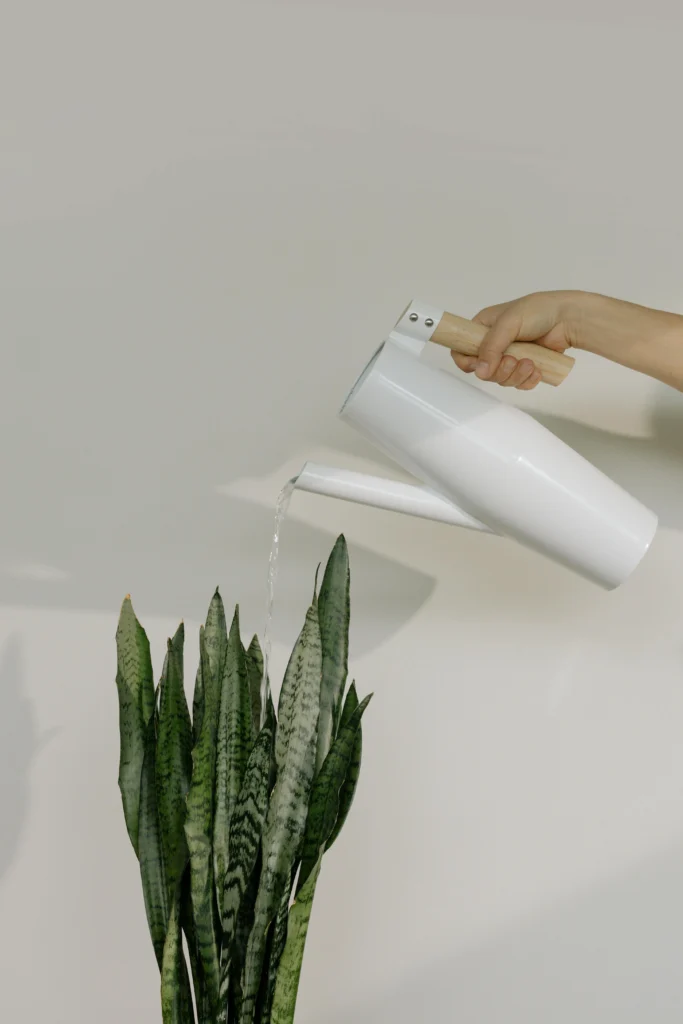
- Zebra Plant (Haworthia fasciata): The zebra plant is visually interesting with its spiky, striped leaves and very forgiving when light conditions are on the low side.
- Snake Plant (Sansevieria trifasciata): You can’t kill snake plants-they basically thrive on complete neglect and will tolerate low light and infrequent watering.
- Jade Plant (Crassula ovata): is renowned for its thick, shiny leaves and its ability to thrive well under the filtered sunlight of an indoor environment.
- Gasteria (Gasteria bicolor): This variety tolerates indoor conditions and with its thick leaves, it stores water for a longer duration.
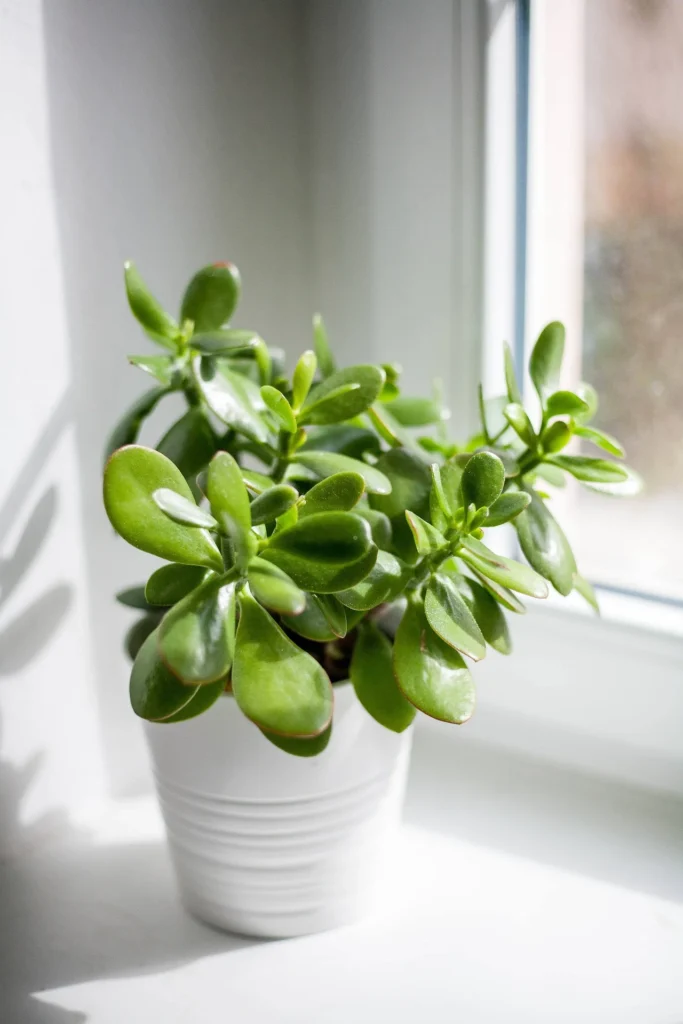
Each of these plants is ideal for beginners or those looking to add a touch of nature indoors with very minimal fuss. Otherwise, heed this advice: sign up for that succulent basics course where you can learn about perfect succulents to bring into your home and climate.
2. Give Your Succulents As Much Light As Possible
Light is crucial for succulents, and this is often where many beginners struggle. Indoor succulents need as much light as they can get to stay healthy and maintain their compact form.
Where to Place Indoor Succulents for Best Results
- South-Facing Windows: Generally speaking, if you live in the Northern Hemisphere, a south-facing window is where your succulents should be. These are the brightest during the day, receiving strong light, which is what most succulents need.
- Brightest Spot in the House: If you don’t have any south-facing window, observe your home during a day and see where the brightest area of the house is, as that will become your succulent’s new location.
Signs Your Succulents Need More Light
If your succulent is starting to stretch out, that means it isn’t getting enough light. The plant will become leggy; there will be long distances between the leaves. This occurs because the plant is stretching towards more light. If you find your succulent doing this, place it near a brighter window or consider a grow light. Grow lights can supply the much-needed light intensity for your succulents and therefore help them in maintaining their shape and vibrant color.
3. Use Well-Draining Soil for Succulents
A big part of how to care for succulents indoors is the soil they are planted in. Succulents like soil that isn’t wet for too long. Regular potting soil retains too much moisture. It will cause root rot in succulents.
The Best Soil Mix for Indoor Succulents
I highly recommend using a gritty mix for succulents, which is equal parts of the following:
- Turface
- Pine Bark Fines
- Crushed Granite
These ingredients all have bigger particles (about a quarter of an inch or six millimeters) that allow water to drain easily, not allowing your succulents to sit in moisture. Also avoid prebagged cactus mixes, since those typically contain too much fine particles that retain water. In this case, one can also add perlite or pumice to increase its drainage.
If you do not have access to gritty mix ingredients, then that is OK-the standard cactus mix will still work, but you will want to add either perlite or pumice at a 1:1 ratio for better drainage.
4. Watering Succulents: Deep, Infrequent Watering is Key
Many people fall into the trap of treating succulents like other houseplants—giving shallow but frequent watering. Succulents would rather be watered deeper but less frequently. This trains the roots to grow down further into the pot for a stable bottom side.
How to Water Succulents Indoors
- Water deeply enough to really soak the soil, then let it dry completely out before watering again.
- Don’t water with a spray bottle, as it creates a shallow root system in the plants. Instead, water at soil level with a watering can or bottle that can be submerged in the soil.
- Check the soil first, and if still damp, wait a few days more.
It is important to simulate the conditions that most succulents face, whereby they sometimes go without water for a long period of time and then get heavy rainfall. This will ensure that your plants develop their root system deep into the soil so they can outlive periods without water.
5. Choose the Right Containers: Drainage is Essential
The right container is as important as the right soil. Succulent pots should have at least one drainage hole to let any excess water drain through. If the water can’t drain, it will accumulate in the bottom of the pot, thus causing root rot.
Types of Pots for Succulents
- Terracotta Pots: These pots are breathable and absorb excess moisture, helping to maintain an ideal environment for your succulents.
- Plastic Pots: Though they may not be as breathable as the terra cotta above, plastic pots will still work, provided they have drainage holes.
- Avoid Glass Containers: Glass containers, like mason jars or terrariums, are not suitable for hosting succulents unless one is an expert grower. This is because they can retain water and make the drying process difficult on the part of the soil.
If you are a beginner in raising succulents, use pots with drainage holes. Once you gain experience, you can use pots without drainage but it requires more precise watering and control of the moisture in the soil.
Additional Tips for Keeping Indoor Succulents Healthy
1. Rotate Your Succulents
Succulents will naturally grow in the direction of sunlight. This can sometimes cause them to lean to one side; therefore, it is necessary to rotate the pot every few weeks to ensure equal sun on all sides.
2. Avoid Humidity
Succulents do not like humid environments. If your home is particularly humid, consider using a dehumidifier or placing the succulents in an area with better airflow. Humidity can promote rot, which is deadly for succulents.
3. Fertilizing Indoor Succulents
Succulents do not require a great deal of fertilizer, but an occasional feeding will help them do their best. Take a balanced, water-soluble fertilizer and dilute it to half the strength. Apply during the growing season, which is spring and summer in most cases. Withhold it during winter when succulents go into their resting stage.
Common Mistakes to Avoid When Growing Succulents Indoors
1. Overwatering
Overwatering is the number one cause of death for succulents. Keep in mind that succulents store water in their leaves, stems, and roots, so they need much less water compared with other houseplants. If in doubt, err on the side of underwatering.
2. Not Enough Light
As I have said before, light is crucial. If you do not have enough natural light in your house, get a grow light. Succulents that do not have enough light will lose their vibrant colors and begin to stretch out in search of sunlight.
3. Wrong Soil
Using regular houseplant soil on succulents is a recipe for disaster. Always go for a well-draining mix specifically for succulents, and if you have to use the standard potting soil, make sure you amend it with either pumice or perlite.
Benefits of Growing Succulents Indoors
Growing succulents indoors is not all about the aesthetics; they come with a number of benefits that make them great companions. Here are some of the major ones:
- Air Purification: Succulents have been known to clean the air, removing toxins and improving indoor air quality.
- Mental Health Boost: There is something quite soothing about tending to a plant, watching it grow, and knowing that it has turned out great because of your work. Succulents are excellent for stress release and adding a touch of nature indoors.
- Low Maintenance: Given the right knowledge, succulents are pretty easy to care for and, therefore, convenient for busy people or those prone to forgetting to water their plants.
Conclusion: Nurture Your Succulents, and They Will Reward You
By following these basic tips on how to care for indoor succulents, one will be assured that plants will thrive and bring an outside touch into your home. From choosing the right succulent, adequate light, best soil, correct watering, and ending up with the right pot-all these steps are important in keeping your succulents healthy and beautiful. Remember, the happy succulent is the one taken care of but not over-cared for; they are tough little buggers after all.
Now that you have taken the first step into the world of succulents, are you ready to start your journey? If you found this guide helpful, share it with your friends or other fellow plant lovers. And don’t forget to check out our other articles in this indoor plant care series. Together, we can make our homes greener, one succulent at a time.

